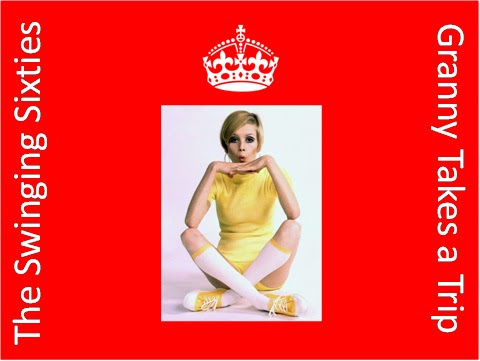Project
Development
Below was my original
idea for my Imaging London Unit, however I soon realised that I had taken on
more than I could handle and went for a more local approach and decided to go
with Romford.

Notes/Presentation; Made In Chelsea.
Made in Chelsea is
a popular reality television show that follows the glitzy lives of the
residents that live within this exclusive postcode, SW3. I want to show you how
the other half live.
Chelsea is an upmarket
neighbourhood equivalent to that of New York's Upper East Side, Los Angeles' Beverly Hills. This is
shown in the average housing price in Chelsea which is way above the £1.3
million mark. The exclusivity of
Chelsea as a result of its high property prices has historically resulted in
the term Sloane Ranger to
be used to describe its residents. Moreover, Chelsea is home to one of the
largest communities of Americans living
outside of the United States, with 6.53% of Chelsea-residents being born in the
United States.
King Henry VIII acquired the manor of
Chelsea from Lord Sandys in 1536 and two of his wives, Catherine
Parr and Anne of
Cleves, lived in the Manor House; Princess Elizabeth the
future Queen Elizabeth I was also a resident.
Furthermore James I established a theological college
on the site of Chelsea Royal Hospital, which was later
founded by Charles II.
By
1694, Chelsea always a popular location for the wealthy, and once described as
"a village of palaces" had a population of 3,000, even so, Chelsea
remained rural and served London to the east as a market garden.
Chelsea was once famous
for the manufacture of Chelsea buns;
however the area is still famous for its "Chelsea China" ware, the Chelsea porcelain factory thought to be the first workshop to make porcelain in
England were sold in 1769, and later moved to Derby. Examples of the original Chelsea ware fetch high
values.
Chelsea shone
again, brightly but briefly, in the 1960s Swinging London period
and the early 1970s. The Swinging Sixties was
defined on King's Road, which runs the length of the area. The Western end of
Chelsea featured boutiques Granny Takes a Trip and The Sweet Shop, the latter
of which sold medieval silk velvet caftans, with many customers, including Keith Richards, Twiggy,
and many others.
Chelsea at this
time was home to both the Beatles, and Rolling Stones members Brian Jones, Mick Jagger, and Keith Richards. In the 1970s, the World's End area
of King's Road was home to Malcolm McLaren and Vivienne Westwood's boutique "SEX", and saw the birth of the British punk movement.
By the late 1970s,
the growing bohemian and punk population moved from Chelsea into nearby Notting Hill and further north to Camden Town. Both of which remain places with a
significantly high population of artists, musicians and those who work in other
creative industries, particularly Camden Town.
King's Road
remains the major artery through Chelsea and a very busy road, despite its
continuing reputation as a shopping mecca; it is now home to many of the same
shops found on other British high streets, such as Gap, and McDonald's. Sloane Street is quickly catching up
with Bond Street as one of London's
premier shopping destinations, housing a variety of high-end fashion or
jewellery boutiques such as Cartier, Tiffany & Co, Dolce & Gabbana, Prada, Gucci, Harrods, Dior, Louis Vuitton, Jimmy Choo, Giorgio Armani, Yves Saint Laurent, Chanel, Valentino and many others.
So you want to see how the other half live?







No comments:
Post a Comment